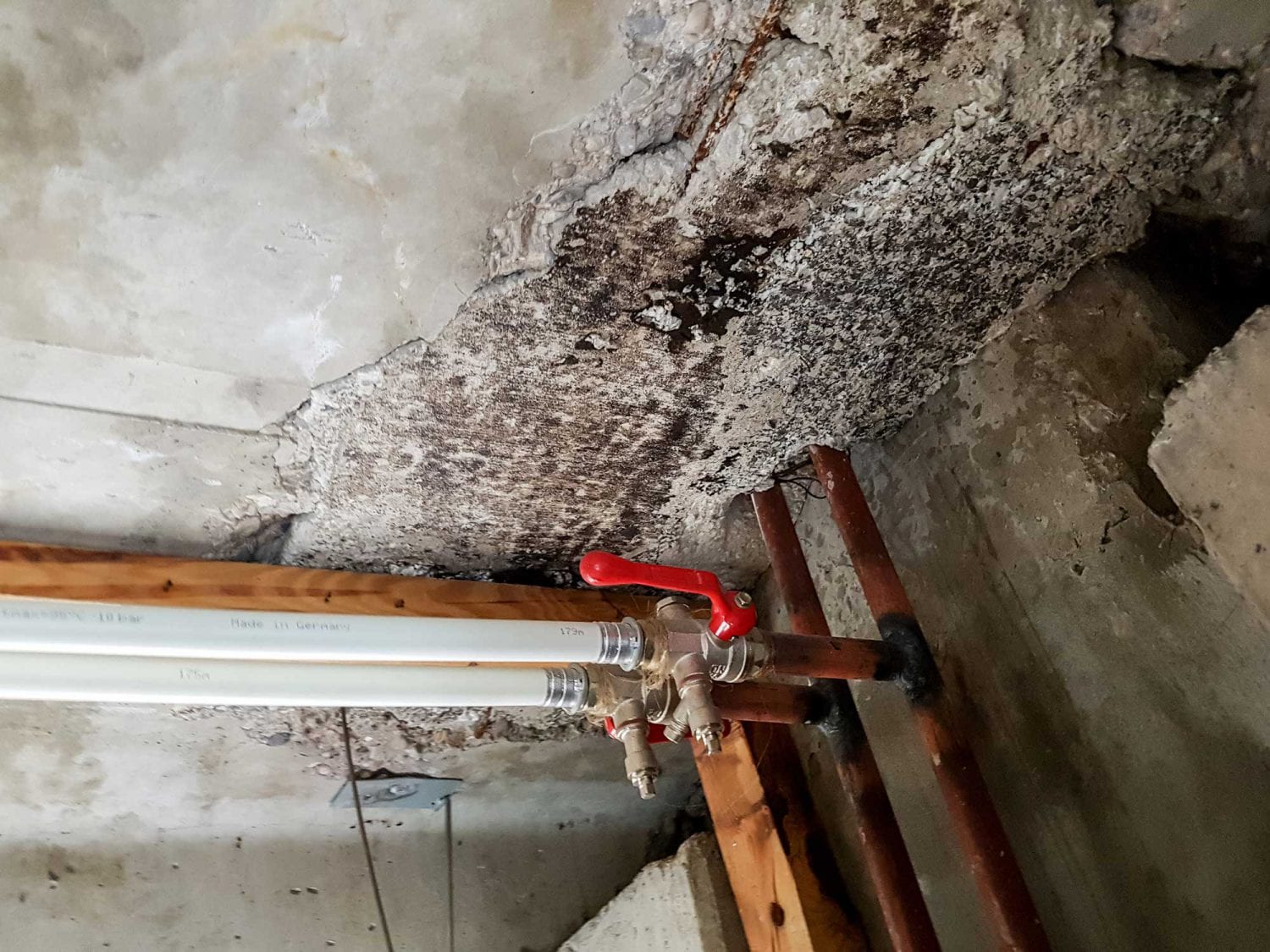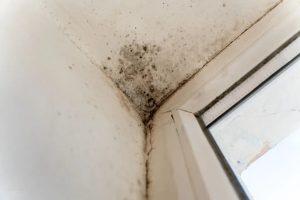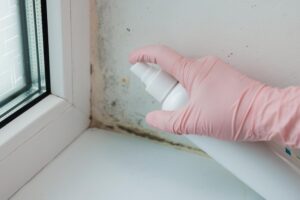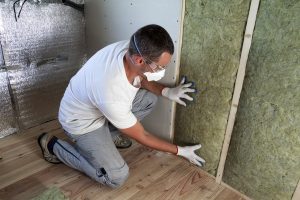When people find mold growing in their homes, one of the first questions they ask is: Can I get rid of it using natural solutions like air purifiers or houseplants? It’s a fair question, especially if you’re trying to avoid harsh chemicals or costly repairs. At Insight Environmental, we specialize in professional mold inspection and testing, so we’ve seen just about every attempted DIY solution out there. In this guide, we’re going to explore whether purifiers and plants can actually help with mold issues, and more importantly, what you should do if you think you have a mold problem in your home.
Let’s break down what works, what doesn’t, and what you need to know to keep your home safe and mold-free.
Key Takeaways
- Air purifiers with HEPA filters can trap airborne mold spores, but they do not eliminate mold growth.
- Houseplants may improve air quality slightly, but they can also harbor mold in the soil and are not a reliable solution for mold problems.
- Visible mold or musty odors are signs you need professional mold testing to assess the severity and cause of the issue.
- Controlling moisture and humidity is key to preventing mold. Fix leaks, ventilate, and use dehumidifiers as needed.
- Natural remedies may help small surface mold, but they do not replace professional mold remediation for larger or hidden infestations.
- Mold removal requires a full-circle approach, starting with testing, followed by remediation, and confirmed with post-cleanup air quality testing.
Understanding the Problem: What Is Mold, Really?
Mold is a type of fungus that thrives in damp, warm, and humid environments. It spreads by releasing microscopic spores into the air, which can land on surfaces and start new colonies. While some molds are harmless, others can trigger allergic reactions, respiratory issues, and more severe health problems, especially in people with asthma or weakened immune systems.
If you’ve ever had a leaky roof, a plumbing issue, or even just high indoor humidity, mold can creep in and grow behind walls, under carpets, or even inside your HVAC system. And while it might seem like a minor issue at first, mold tends to spread fast and quietly, making it important to address early and thoroughly.
Air Purifiers: Can They Help with Mold?
Air purifiers can play a role in improving indoor air quality, but they are not a mold removal solution. Let’s look at what they can and can’t do.
What Air Purifiers Can Do:
- Trap Mold Spores: High-efficiency particulate air (HEPA) filters can capture airborne mold spores, preventing them from circulating throughout your home.
- Reduce Allergens: Air purifiers can also help reduce allergens like dust, pollen, and pet dander, which may be present alongside mold.
- Help With Odors: Activated carbon filters can absorb musty odors caused by mold, making the space smell fresher.
What Air Purifiers Can’t Do:
- Remove Mold Growth: Air purifiers only filter the air. They do not remove active mold colonies growing on walls, ceilings, carpets, or other surfaces.
- Fix Moisture Problems: Mold thrives in damp environments. Unless you eliminate the source of moisture, mold will keep coming back, no matter how many purifiers you have running.
Bottom line: Air purifiers can be a helpful complement to professional mold remediation, but they cannot replace it.
Houseplants: Mold Fighters or Mold Contributors?
There’s a common belief that certain houseplants can clean the air and reduce mold spores. While this idea has some appeal, the truth is more complicated.
Common Plants Said to Help With Mold:
- English Ivy
- Peace Lily
- Spider Plant
- Boston Fern
These plants are often praised for their supposed ability to absorb airborne toxins, but the science is mixed. Some small lab studies have shown that certain plants can remove very low levels of airborne contaminants, but those studies were done in sealed chambers, not in real homes.
The Downside of Plants:
Unfortunately, the moist soil in potted plants can actually become a breeding ground for mold, especially if you overwater them or they’re placed in areas with poor ventilation. That means adding more plants to your home could increase the chances of mold growth rather than reduce it.
Our verdict? If you enjoy having houseplants, that’s great, but don’t rely on them to clean the air or remove mold. In fact, if you already have a mold problem, we recommend removing plants temporarily until the issue is fully addressed.
The Real Solution: Professional Mold Testing and Remediation
If you suspect mold in your home—whether it’s a musty smell, visible growth, or recent water damage—the best thing you can do is bring in a professional mold testing and inspection company like Insight Environmental.
Here’s why professional help makes a difference:
Accurate Testing
We use advanced tools to detect hidden mold, measure indoor humidity levels, and identify problem areas you might not be able to see. This helps us determine the exact type and extent of the mold problem.
Targeted Remediation Plans
Once we know what we’re dealing with, we can guide you toward the right remediation steps—whether that’s minor cleanup or full-scale removal. We work alongside licensed remediation partners who can handle the cleanup safely and effectively.
Post-Remediation Verification
After the mold has been removed, we can retest the area to ensure the air quality has returned to safe levels, giving you peace of mind that your home is truly mold-free.
How to Prevent Mold Growth in the First Place
Once mold is gone, you’ll want to make sure it doesn’t come back. Here are some preventative steps you can take to protect your home:
- Control Humidity: Keep indoor humidity below 50%. Use a dehumidifier in damp areas like basements or bathrooms.
- Fix Leaks Promptly: Even small plumbing leaks can turn into big mold problems if left unchecked.
- Ventilate Properly: Use exhaust fans in kitchens and bathrooms, and make sure your home has good airflow.
- Use Mold-Resistant Materials: In areas prone to moisture (like bathrooms), choose mold-resistant drywall, paint, and flooring.
These steps, combined with professional testing and guidance, are your best defense against future mold problems.
What About Natural Remedies Like Vinegar or Tea Tree Oil?
We get asked this a lot. While DIY mold remedies like vinegar, baking soda, or tea tree oil might work on very small, non-toxic surface mold, they’re not a substitute for professional remediation. In fact, trying to clean up mold on your own can often disturb the spores and spread them into the air, making the problem worse.
If the mold covers more than 10 square feet or keeps returning, it’s time to call in the pros.
Don’t Rely on Myths. Get Real Answers from Insight Environmental
If you’re dealing with mold, or you’re just not sure what’s lurking in your walls, don’t leave it to guesswork, gimmicks, or green plants. At Insight Environmental, we specialize in mold testing and inspection that gives you real answers, fast. We’re here to help you create a healthier, safer home for you and your family.
Ready to find out what’s really in your air? Contact Insight Environmental today to schedule a professional mold inspection and breathe easier tomorrow.




